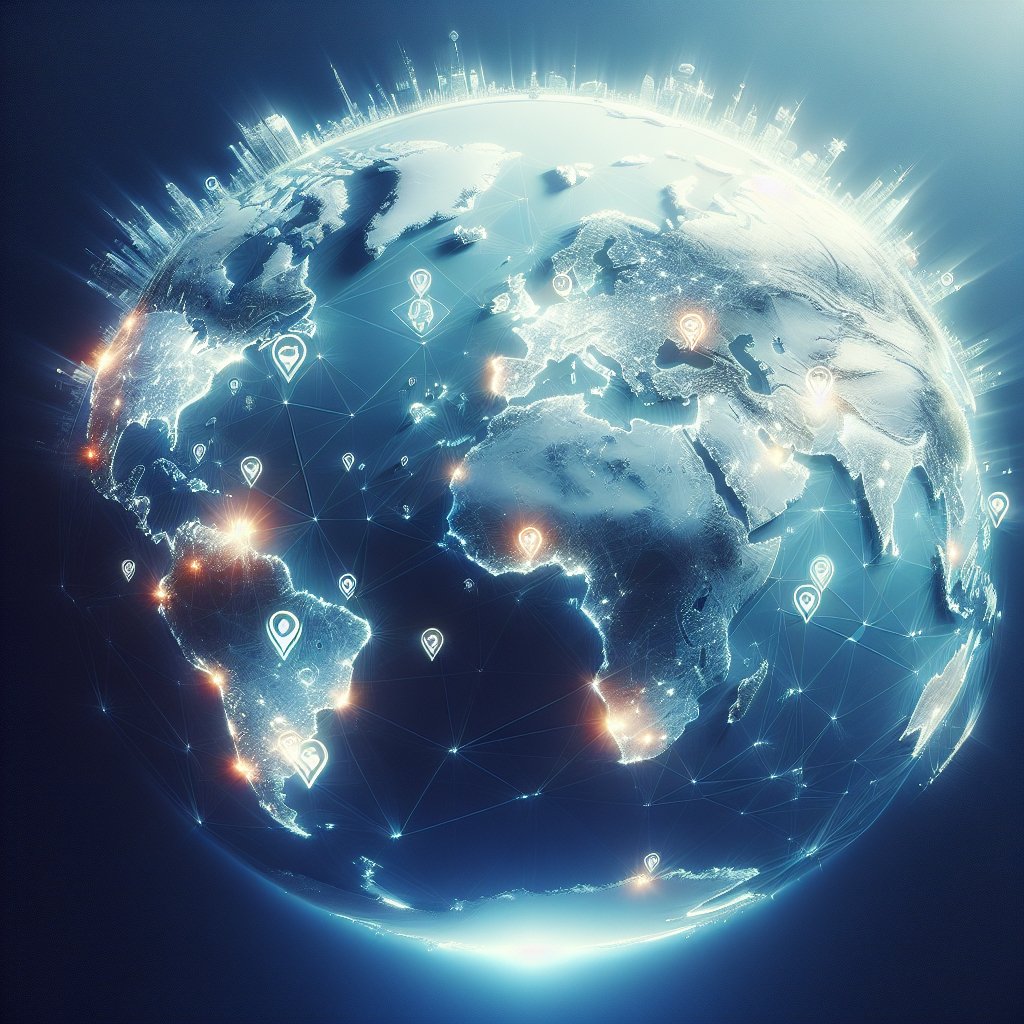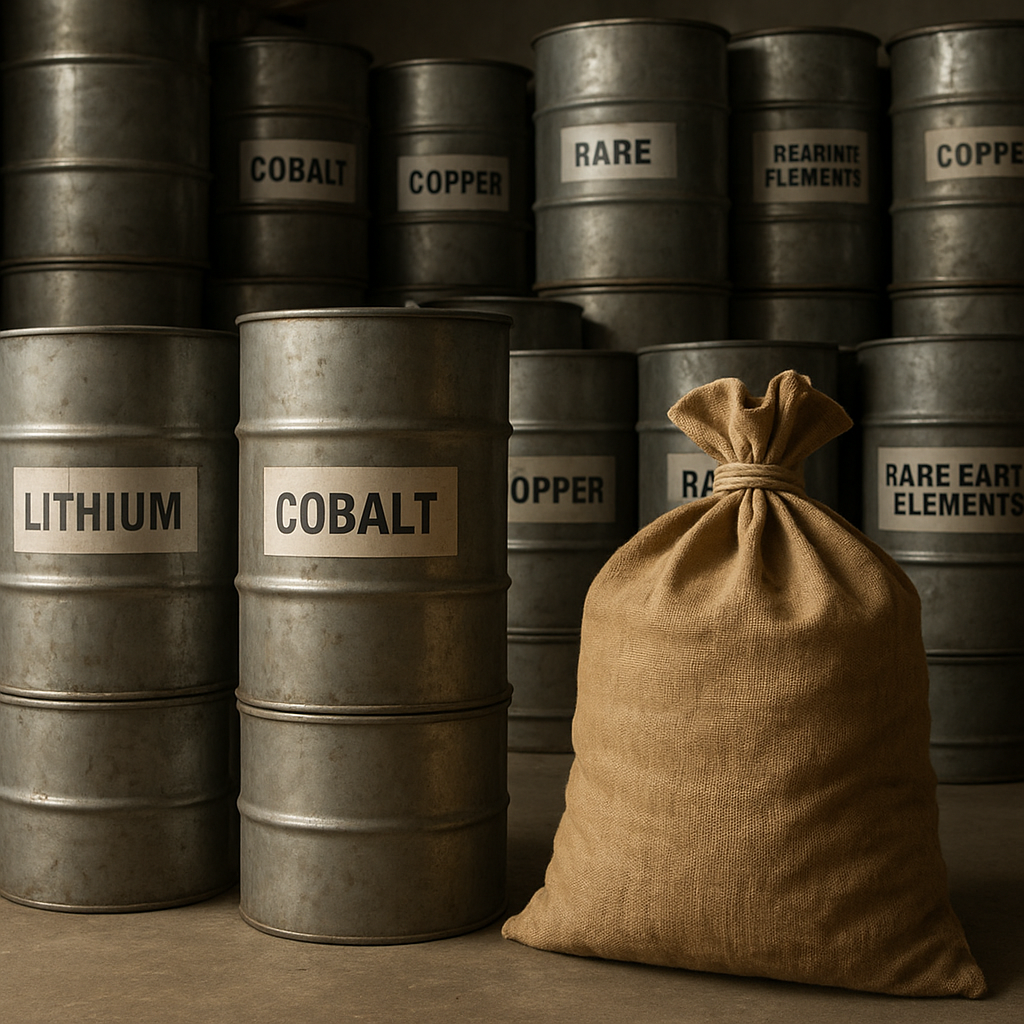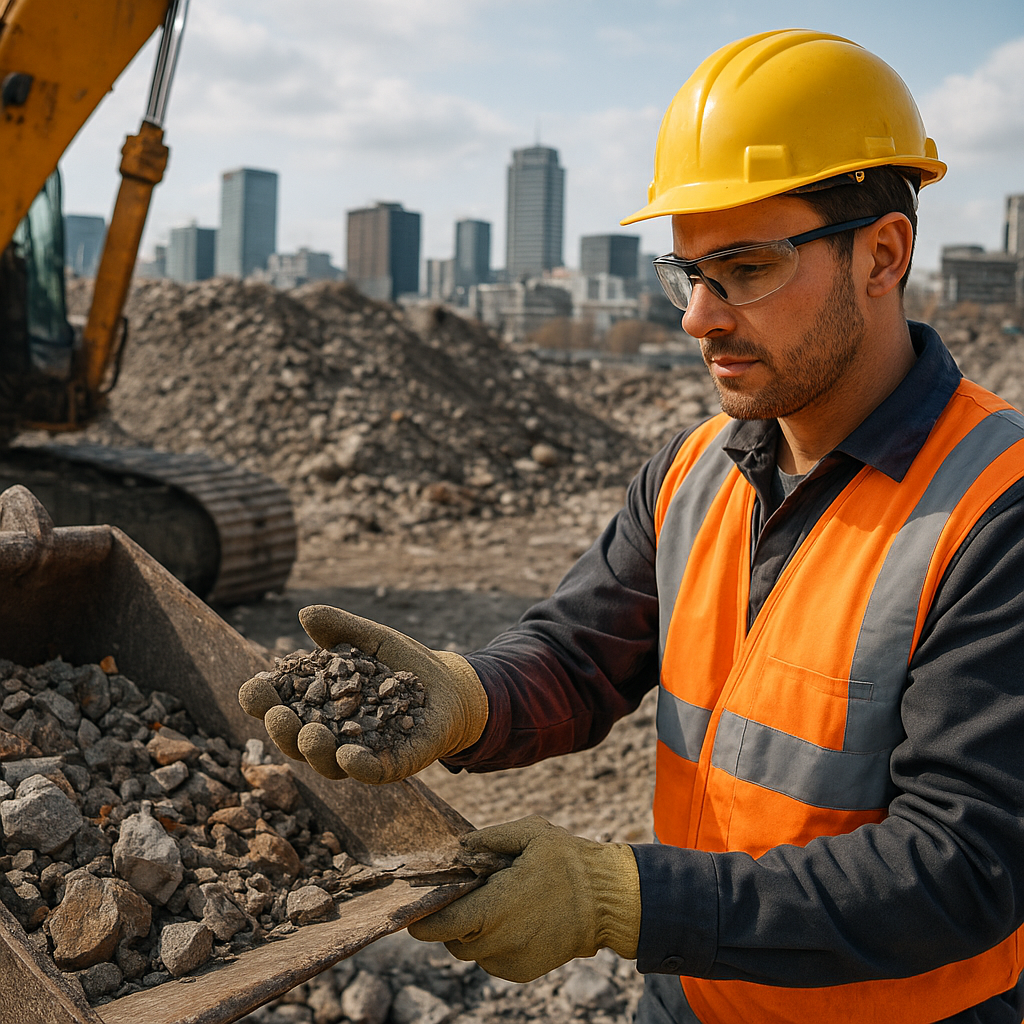The global demand for rare metals has surged in recent years, driven by technological advancements and the transition to green energy. These metals, which include elements like lithium, cobalt, and rare earth elements, are crucial for the production of batteries, electronics, and renewable energy technologies. Understanding where these rare metal reserves are located is essential for strategic planning and sustainable development.
The Geographical Distribution of Rare Metal Reserves
Rare metals are not evenly distributed across the globe. Their availability is often concentrated in specific regions, which can lead to geopolitical tensions and economic dependencies. For instance, China is a dominant player in the rare earth elements market, controlling a significant portion of the world’s supply. The Bayan Obo mine in Inner Mongolia is one of the largest sources of rare earth elements, contributing to China’s substantial influence in this sector.
In addition to China, other countries also hold significant reserves of rare metals. Australia is a major producer of lithium, with its Greenbushes mine being one of the largest lithium mines in the world. The country’s rich deposits have positioned it as a key supplier in the global lithium market, which is crucial for the production of electric vehicle batteries.
South America, particularly the Lithium Triangle comprising Argentina, Bolivia, and Chile, is another critical region for rare metal reserves. This area is rich in lithium brine deposits, which are essential for the growing demand for lithium-ion batteries. Chile, in particular, has vast lithium reserves in the Salar de Atacama, making it a pivotal player in the global lithium supply chain.
Africa also plays a significant role in the rare metals market, with the Democratic Republic of Congo (DRC) being a major source of cobalt. The DRC holds more than 60% of the world’s cobalt reserves, which are vital for battery production. However, the mining practices in the region have raised ethical concerns, highlighting the need for responsible sourcing and sustainable mining practices.
Challenges and Opportunities in Rare Metal Mining
The extraction and processing of rare metals present several challenges. Environmental concerns are paramount, as mining activities can lead to habitat destruction, water pollution, and soil degradation. The extraction of rare earth elements, for example, often involves the use of hazardous chemicals, which can have detrimental effects on local ecosystems and communities.
Moreover, the geopolitical landscape of rare metal reserves can lead to supply chain vulnerabilities. Countries with significant reserves may use their resources as leverage in international negotiations, potentially leading to supply disruptions. This has prompted many nations to seek alternative sources and invest in recycling technologies to reduce dependency on primary mining.
Despite these challenges, the rare metals industry also presents numerous opportunities. The growing demand for clean energy technologies and electric vehicles is driving innovation in mining and processing techniques. Companies are investing in more sustainable practices, such as developing closed-loop recycling systems and exploring new extraction methods that minimize environmental impact.
Furthermore, advancements in technology are enabling the discovery of new reserves and the more efficient extraction of existing ones. For instance, deep-sea mining is being explored as a potential source of rare metals, although it comes with its own set of environmental and ethical considerations.
The Future of Global Rare Metal Reserves
As the world continues to transition towards a more sustainable future, the demand for rare metals is expected to increase. This will necessitate a strategic approach to managing global reserves, ensuring that supply can meet demand without compromising environmental and social standards.
One of the key strategies for the future will be the diversification of supply sources. Countries are investing in domestic mining projects and forming international partnerships to secure access to rare metals. This diversification is crucial for reducing dependency on a few dominant suppliers and mitigating the risks associated with geopolitical tensions.
Recycling and urban mining are also gaining traction as viable solutions for meeting the growing demand for rare metals. By recovering metals from electronic waste and other end-of-life products, the industry can reduce the need for primary mining and lessen its environmental footprint. Innovations in recycling technologies are making it increasingly feasible to recover rare metals efficiently and economically.
In conclusion, the global distribution of rare metal reserves is a complex and dynamic landscape. While challenges such as environmental impact and geopolitical tensions persist, there are also significant opportunities for innovation and sustainable development. By adopting a strategic and responsible approach, the global community can ensure that rare metal resources are utilized effectively to support the transition to a greener and more technologically advanced future.












